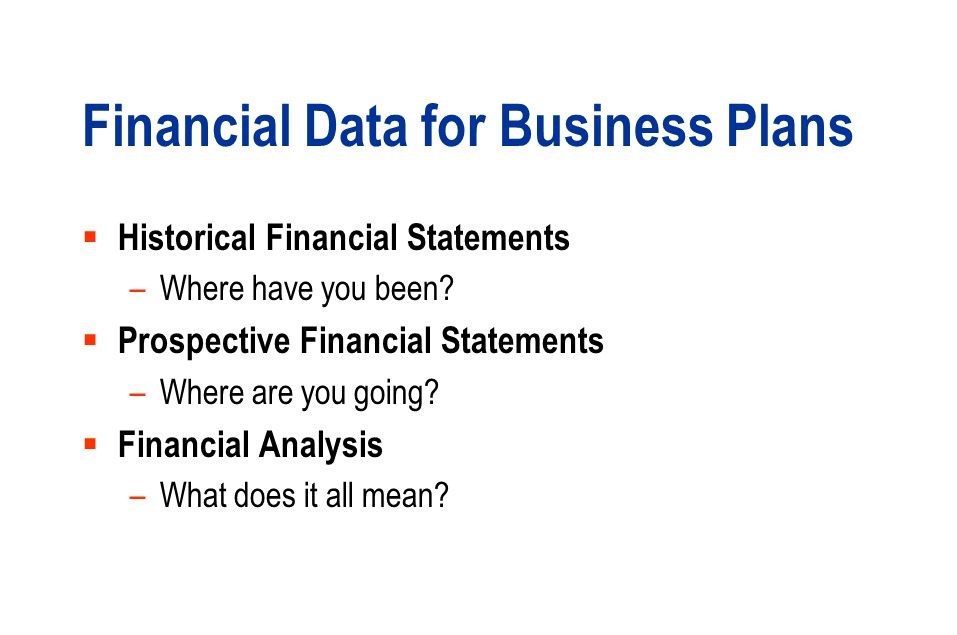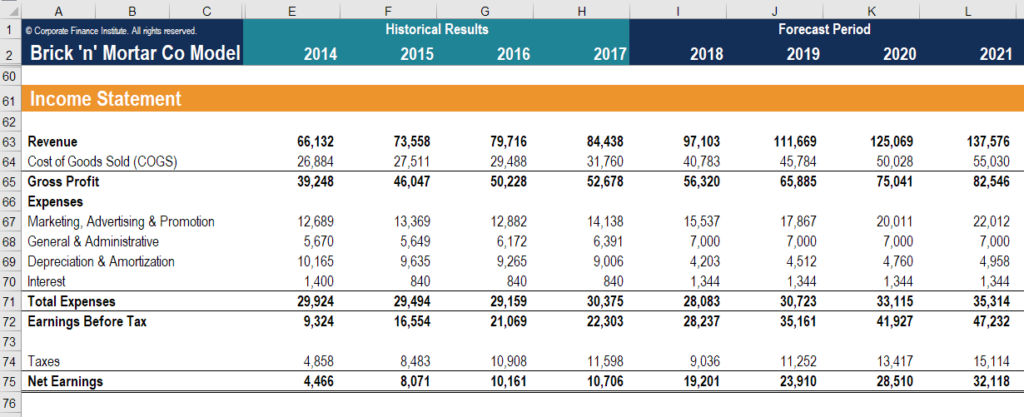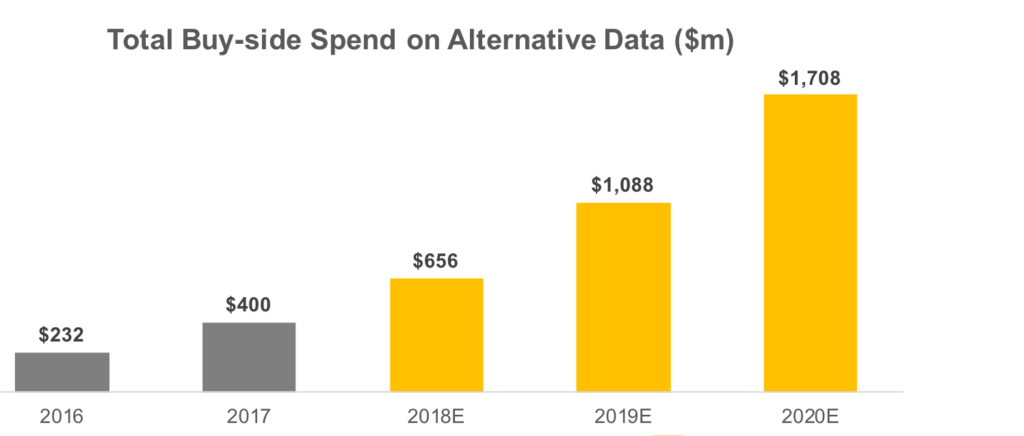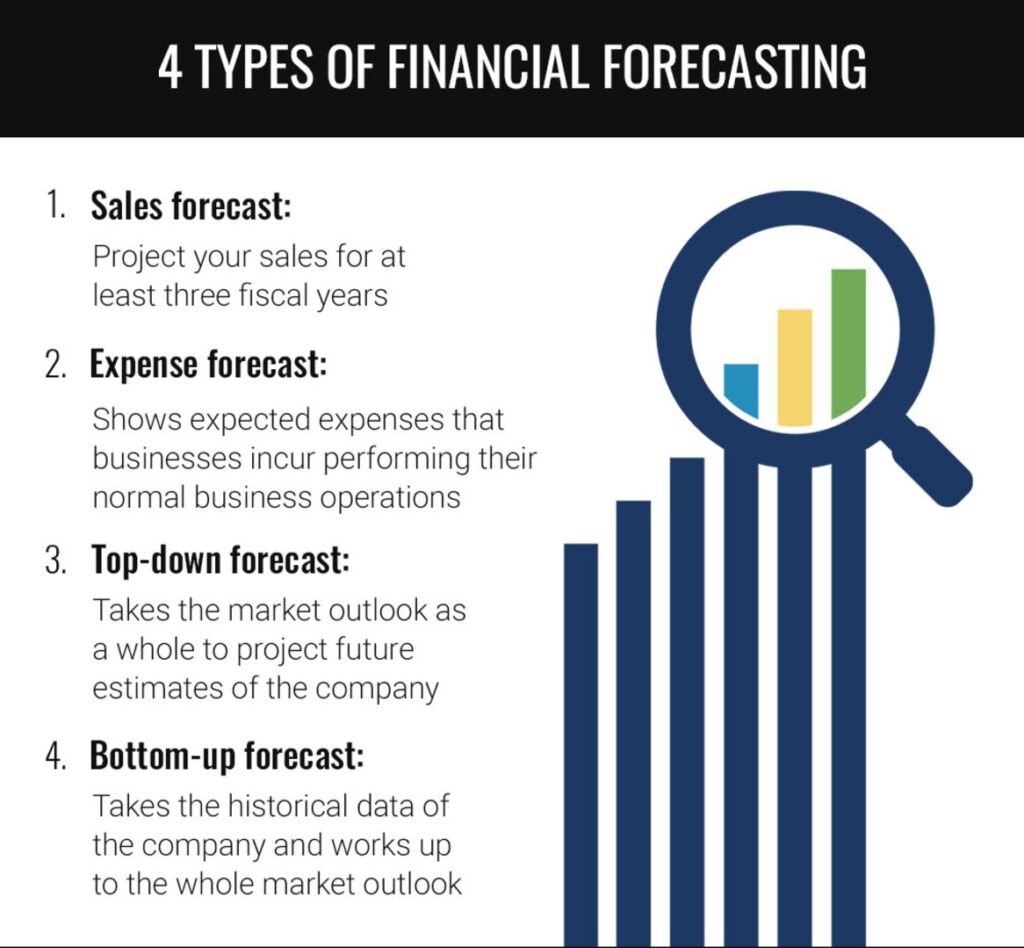What is Off-Page SEO?
What is Off-Page SEO? Off-page SEO describes the techniques used to raise a website’s search engine ranks and broaden its online presence. It aims to

When historical financial data is unavailable, creating financial projections may seem challenging. However, it’s still possible to forecast future performance. This beginner’s guide will provide you with the necessary tools and insights to navigate this situation successfully. Financial projections are crucial for attracting investors, preparing business plans, and gaining control over finances. Even without historical data, alternative sources and well-founded assumptions can be used.
By leveraging industry benchmarks and market research, you can estimate revenue and expenses accurately. Constructing financial statements and monitoring projections are essential for decision-making. Throughout this guide, we’ll explore each step in detail. Making projections without historical data requires critical thinking and creativity. Seeking professional guidance when needed can enhance the process. Let’s embark on this journey together to unlock the power of financial projections, regardless of historical data limitations.
NOTE: Historical financial data, comprising past financial records, provides a snapshot of an entity’s financial performance and activities. Derived from financial statements, it enables analysis, trend identification, and decision-making.
Financial projections are crucial for effective business planning and decision-making. They provide a roadmap for achieving financial goals and guide strategic initiatives. By forecasting revenue and expenses, projections enable budgeting and resource allocation.
Financial projections play a key role in anticipating and preparing for potential challenges and opportunities. They assist in setting realistic targets, making informed decisions, and aligning pricing, investments, and expansion strategies.
Even without historical data, projections offer valuable insights and benefits. Alternative sources like industry benchmarks and market research can be utilized. Projections help attract investors, secure funding, and provide better financial control for businesses.
In summary, financial projections are essential for business planning and decision-making. They offer a forward-looking perspective, enabling organizations to anticipate challenges, make informed choices, and pursue growth opportunities. Despite the absence of historical data, projections provide valuable insights and benefits for effective financial management and planning.




Yahoo Finance (finance.yahoo.com): Yahoo Finance provides historical price data, stock charts, financial statements, and other financial information for a wide range of stocks, indices, and commodities.
Google Finance (www.google.com/finance): Google Finance offers historical stock prices, interactive charts, and basic financial information for various publicly traded companies.
Bloomberg (www.bloomberg.com): Bloomberg provides extensive financial data, including historical price information, news, and analysis for stocks, bonds, currencies, commodities, and more.
Investing.com (www.investing.com): Investing.com offers historical price data, charts, financial statements, and economic indicators for stocks, indices, currencies, commodities, and bonds.
Alpha Vantage (www.alphavantage.co): Alpha Vantage provides historical price data, technical indicators, and other financial data for stocks, cryptocurrencies, and forex.
Quandl (www.quandl.com): Quandl is a platform that offers a wide range of financial and economic data, including historical stock prices, futures, options, and economic indicators.
Federal Reserve Economic Data (FRED) (fred.stlouisfed.org): FRED is a website maintained by the Federal Reserve Bank of St. Louis and offers a comprehensive collection of economic data, including historical financial and economic indicators.
Intrinio (intrinio.com): Intrinio provides a vast collection of financial data, including historical stock prices, fundamentals, and economic data.
Eikon by Refinitiv (www.refinitiv.com/en/products/eikon-trading-software): Eikon is a comprehensive financial data and analytics platform that provides historical market data, news, and analysis for various asset classes.
MarketWatch (www.marketwatch.com): MarketWatch offers historical price data, stock charts, financial news, and analysis for stocks, indices, commodities, currencies, and more.
Morningstar (www.morningstar.com): Morningstar provides historical price data, financial statements, ratios, and other investment-related information for stocks, mutual funds, ETFs, and other investment vehicles.
SEC EDGAR (www.sec.gov/edgar): The U.S. Securities and Exchange Commission’s Electronic Data Gathering, Analysis, and Retrieval (EDGAR) system allows you to access and download historical financial statements and reports filed by publicly traded companies.
Quandl (www.quandl.com): Quandl offers a wide range of financial and economic data, including historical stock prices, futures, options, and economic indicators.
Tiingo (www.tiingo.com): Tiingo provides historical price data, news, and analytics for stocks, ETFs, and cryptocurrencies.
World Bank Open Data (data.worldbank.org): The World Bank Open Data portal offers a vast collection of economic and financial data for countries worldwide, including historical indicators, GDP, inflation, and more.
StockCharts (stockcharts.com): StockCharts offers historical price data, technical analysis tools, and charting capabilities for stocks, indices, and ETFs.
Here are some of the websites known for providing free historical financial data:

Creating financial projections without historical data may seem challenging, but it is possible with the right approach. By leveraging alternative data sources, building well-founded assumptions, and seeking professional guidance, businesses can develop realistic projections. These projections enable effective business planning, decision-making, and strategic alignment. Despite the absence of historical data, projections provide valuable insights into revenue, expenses, and financial performance. Regular monitoring and adjustment of projections based on new information and market conditions ensure their accuracy and relevance. Financial projections serve as a roadmap for achieving financial goals, attracting investors, and facilitating growth. Through careful analysis, collaboration, and adaptability, businesses can navigate the projection process and harness the power of financial projections, even in data-scarce scenarios.
What is Off-Page SEO? Off-page SEO describes the techniques used to raise a website’s search engine ranks and broaden its online presence. It aims to
8 Steps You Should Take Before Expanding Your Business Abroad Where to start? Before embarking on the journey of expanding sales internationally, businesses must carefully
Designing Products That Hit the Bullseye: 5 Steps to Align with Your Target Market In today’s highly competitive business world, knowing your target market is
This website uses cookies so that we can provide you with the best user experience possible. Cookie information is stored in your browser and performs functions such as recognising you when you return to our website and helping our team to understand which sections of the website you find most interesting and useful.
Strictly Necessary Cookie should be enabled at all times so that we can save your preferences for cookie settings.
If you disable this cookie, we will not be able to save your preferences. This means that every time you visit this website you will need to enable or disable cookies again.
This website uses Google Analytics to collect anonymous information such as the number of visitors to the site, and the most popular pages.
Keeping this cookie enabled helps us to improve our website.
Please enable Strictly Necessary Cookies first so that we can save your preferences!